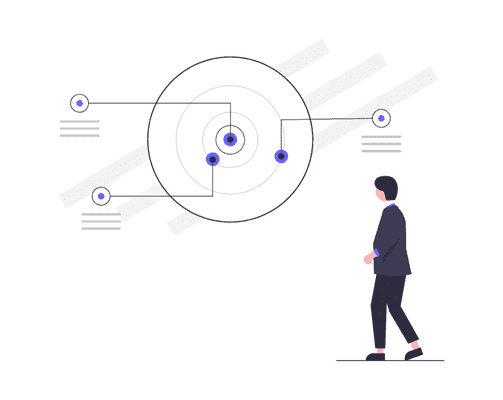Garbage In, Garbage Out Method
Among those who create financial or business models, there’s a concept called “Garbage in, garbage out.” This refers to a situation where manages make questionable decisions based on inaccurate or incomplete information.
Access to Informational Infrastructures
In healthcare, if managers had access to an informational infrastructure, they’d be positioned to make much better business decisions, such as facilitating engagement campaigns based on monitored patient feedback, stabilizing staff overhead via productivity metrics or gaining maximum efficiency by automated reports and clinical workflows.
Redefining Business Intelligence Today
From this concept and the conditions that foster it, the need for business intelligence (BI) arose. BI is a coordinated set of processes and technical architectures that collect raw data, then convert it into organized, actionable information, which results in profitable business insights.
What BI Isn’t
It isn’t a single report or solitary spreadsheet, but instead, a suite of services and tools that transform numerical values into accessible business knowledge.
Reports should also be customizable to your business’s unique data relationships and operational driving factors.
Chapter 6
How Business Intelligence Has Evolved
Among those who create financial or business models, there’s a concept called “garbage in, garbage out.” This refers to a situation where managers make questionable decisions based on inaccurate or incomplete information. In healthcare, if managers had access to an informational infrastructure, they’d be positioned to make much better business decisions such as facilitating engagement campaigns based on monitored patient feedback, stabilizing staff overhead via productivity metrics or gaining maximum efficiency by automating reports and clinical workflows.
From this concept and the conditions that foster it, the need for business intelligence (BI) arose. BI is a coordinated set of processes and technical architectures that collect raw data, then convert it into organized, actionable information, which results in profitable business insights. It isn’t a single report or solitary spreadsheet, but instead, a suite of services and tools that transform numerical values into accessible business knowledge.
What Is Healthcare Agility?
One of the most significant advantages BI offers to healthcare organizations is the agility to respond to an ever-changing landscape.
In today’s fast-paced healthcare environment, you have to keep up or risk falling far behind. While payors and providers must streamline their organization to respond effectively, it can be a struggle for some, leaving them to either push forward with an antiquated framework or undergo “transformations” frequently. All too often, these transformations are obsolete before they are fully implemented, which results in unnecessary expenditures that don’t deliver value.
Agility
Agility Becomes the Vehicle
Why You Should Leverage Data
With business intelligence and analytics, healthcare organizations can better identify problem areas and prioritize changes that make an impact, so much so, that BI is meant to empower users to optimize organizational structure. Let’s take a look at some steps toward greater agility as well as explore a few realworld scenarios that can help promote innovative, engaging healthcare experiences.

Copyright 2023 © Raintree Systems. All rights reserved